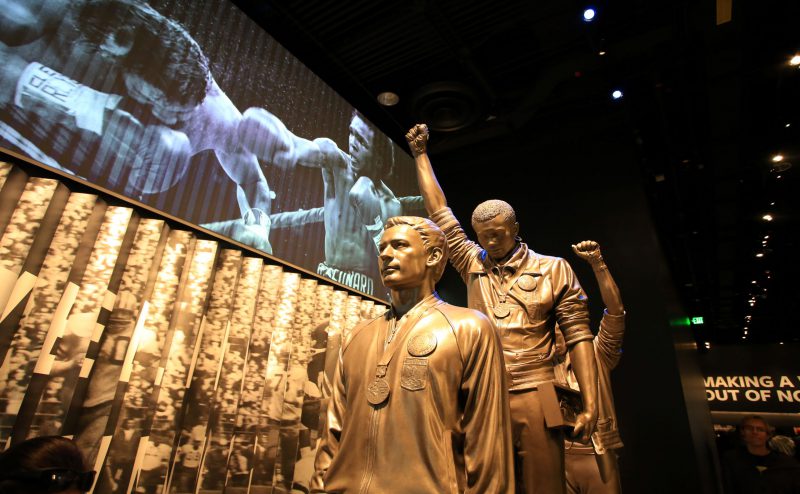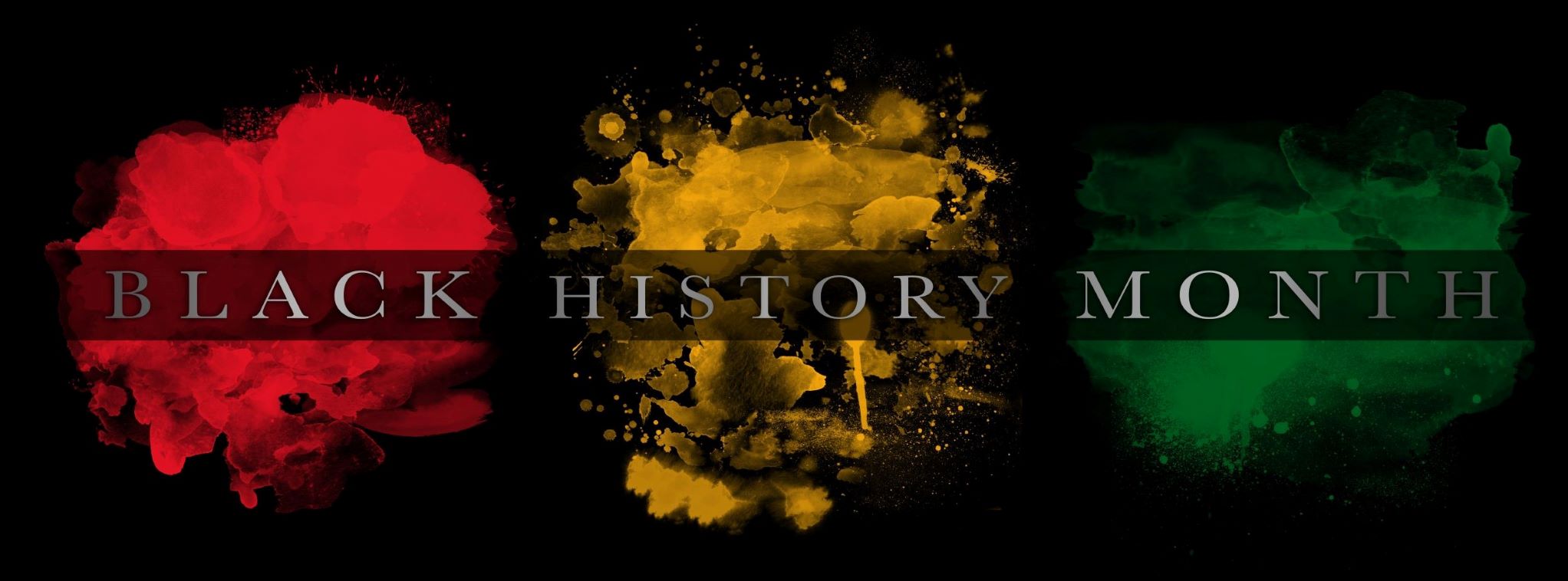“Live More Abundantly”
As the end of Black History Month is upon us, we remember the second week of February 1926. That is when Carter G. Woodson initiated “Negro History Week,” the precursor to Black History Month.
He chose that week to salute the birthdays of Abraham Lincoln and Frederick Douglass. Author and historian Woodson had long aspired to end the lack of Black references in historical texts.
In 1915 he founded the Association for the Study of Negro Life and History and later began publishing the Journal of African American History. He felt studies that better-represented society as a whole would inspire “people to live more abundantly.”

Black History Month
Black History Month was recognized on college campuses in the 1960s, inspired by the civil rights movement, and officially declared in 1976 by President Ford.
This year’s Black Health and Wellness theme stresses the importance of exercise, nutrition, mental health, and access to preventative care. It honors black scholars, doctors, and health practitioners throughout history.
February is a chance to celebrate achievements and acknowledge systemic racism. With communication and attention comes understanding. Black History Month provides events, both in-person and virtually, to celebrate the accomplishments of Black Americans.

Black Health and Wellness Theme
The Black Health and Wellness theme is an opportunity to bring light inequities in health care, often underserved in the Black community. For example, LMS client partner Hologic has stepped up to improve cancer screenings for women in the United States.
Hologic’s Project Health Equality has partnered with the Black Women’s Health Imperative and RAD-AID. Together they are investing more than $20 million in research to increase cancer screenings for black women. The campaign links to Hologic’s Super Bowl ad for the Well Woman Exam featuring Mary J. Blige.

Frederick Douglass
Black History Month is a time to honor activists and pioneers in Black American history. The list is endless but includes Frederick Douglass for his work in social reform and Daniel Hale Williams III for his contributions to medicine.
Frederick Douglass was a 19th Century abolitionist, author, and social reformer. His most famous book, Narrative of the Life of Frederick Douglass, An American Slave, was a bestseller and published in 1845.
The book provided him with the prestige and resources to forward his views in print and speaking engagements. In subsequent years he spoke for equal rights for African Americans and women.
He was one of the most photographed people of the 19th Century and always made it a point to look directly at the camera without smiling. He didn’t want to propagate the image of a happy enslaved person.

Dr. Daniel Hale Williams III
Dr. Daniel Hale Williams III, an African-American born in 1856, was one of the first physicians to perform heart surgery in the U.S. In 1891 he opened Provident Hospital and Training School for Nurses in Chicago. It was the first medical facility to have an interracial staff. The facility was created mainly for the benefit of Black residents to improve their access to healthcare. First Lady Michelle Obama was born at Provident Hospital in 1964.
As Black History Month comes to a close, it provides a time to focus on the achievements of Black Americans throughout history. Health and wellness, and access to quality healthcare, are at the heart of a happy, healthy life for all.
